Choosing the right plant pot size is crucial for the healthy growth and development of your plants. The size of the pot directly affects the root system, water drainage, and overall plant health. In this comprehensive guide, we will explore the factors to consider when selecting the perfect plant pot size, ensuring your plants thrive in their new homes.
-
Understanding the Importance of Pot Size
The size of the pot plays a vital role in the growth and well-being of your plants. A suitable pot size provides ample space for the roots to spread out and absorb nutrients effectively. It also allows for proper water drainage, preventing root rot and overwatering.
-
Factors to Consider
When choosing a plant pot size, several factors come into play. Understanding these factors will help you make an informed decision and provide the best conditions for your plants.
1. Plant Type
Different plant species have varying root systems and growth habits. Some plants have shallow roots, while others develop deep and extensive root systems. Understanding the specific needs of your plant will help you determine the appropriate pot size.
2. Plant Size
Consider the current and potential size of the plant. If you have a small plant that will eventually grow into a large one, it is wise to choose a pot size that accommodates its future growth. This avoids the need for frequent repotting, which can cause stress to the plant.
3. Growth Rate
Some plants have rapid growth rates, while others grow more slowly. Take into account the growth rate of your plant when selecting a pot size. Fast-growing plants may require larger pots to accommodate their quick expansion.
4. Watering Frequency
Plants with high water requirements will benefit from larger pots. Larger pots hold more soil and retain moisture for a longer period, reducing the need for frequent watering. Conversely, plants that prefer drier conditions may thrive in smaller pots with faster drainage.
5. Aesthetic Considerations
While the health of the plant should be a priority, aesthetic considerations also play a role in pot selection. Choose a pot that complements the overall look and feel of your space. Consider the color, material, and design of the pot to create a visually appealing arrangement.
-
Choosing the Right Pot Size
Now that we have explored the factors to consider, let’s delve into the process of selecting the perfect pot size for your plant.
1. Measure the Root Ball
Before choosing a pot, measure the diameter of the root ball. This measurement will give you an idea of the minimum pot size required. It is generally recommended to choose a pot that is 1-2 inches larger in diameter than the root ball.
2. Consider the Depth
In addition to the diameter, consider the depth of the pot. Plants with deep root systems require pots that can accommodate their vertical growth. On the other hand, plants with shallow roots can thrive in shallow pots.
3. Check for Drainage Holes
Ensure that the pot you choose has drainage holes at the bottom. These holes allow excess water to escape, preventing waterlogging and root rot. If the pot does not have drainage holes, it is advisable to drill them yourself.
4. Opt for a Lightweight Option
If you plan to move your plants frequently or have limited space, consider choosing a lightweight pot. Lightweight pots are easier to handle and transport, making them a convenient option for indoor gardens or balconies.
5. Repotting Considerations
If you are repotting an existing plant, choose a pot that is one size larger than the current one. This gives the plant room to grow and prevents root binding. Remember to loosen the roots gently before placing the plant in its new pot.
Conclusion
Choosing the perfect plant pot size is a crucial step in ensuring the health and vitality of your plants. By considering factors such as plant type, size, growth rate, watering frequency, and aesthetic preferences, you can make an informed decision that promotes optimal plant growth. Remember to measure the root ball, consider pot depth, check for drainage holes, opt for lightweight options, and keep repotting considerations in mind. By following these guidelines, you can create an ideal environment for your plants to thrive and bring beauty to your space.

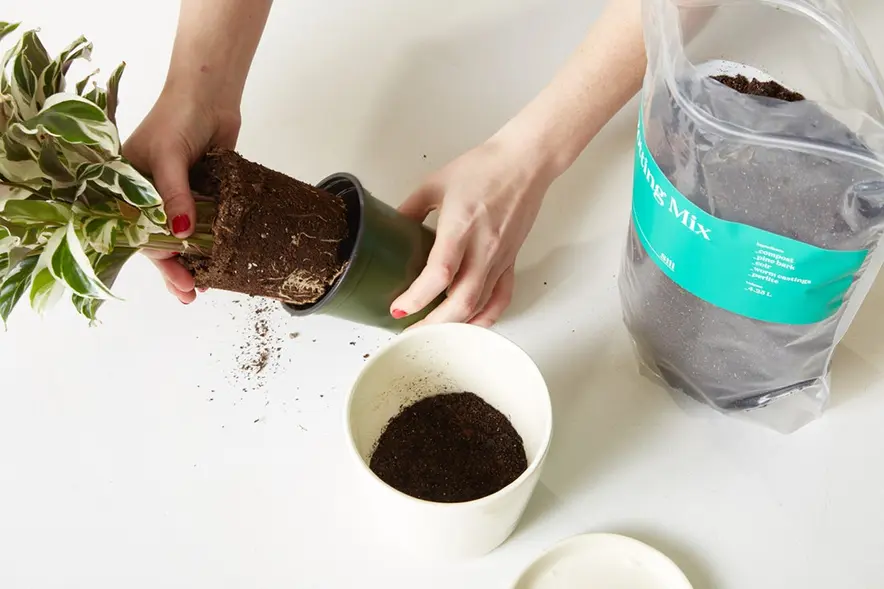

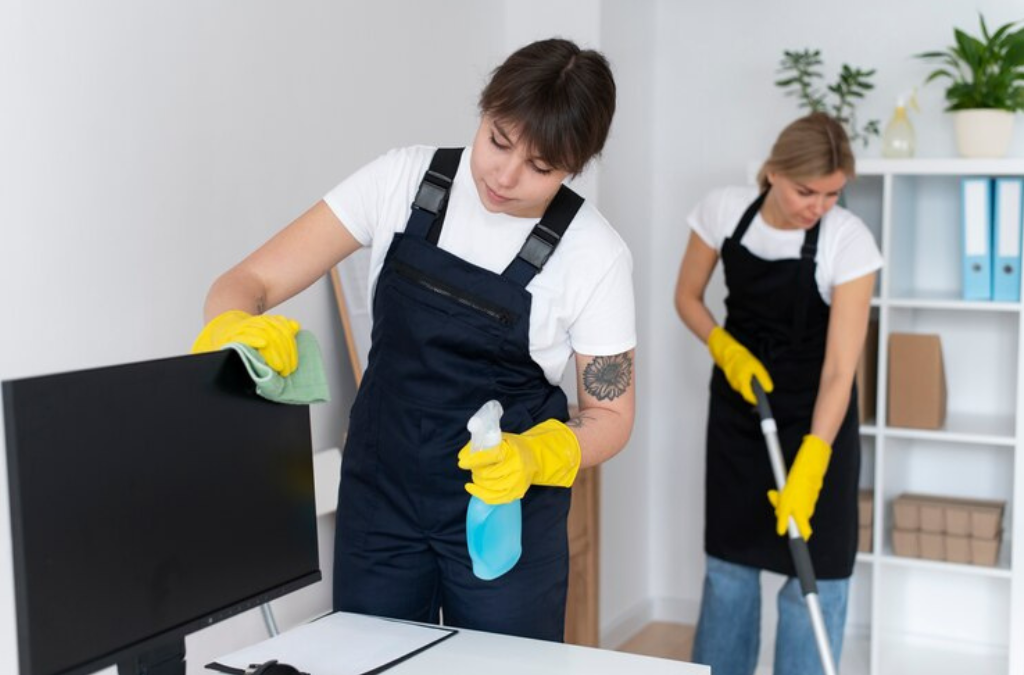
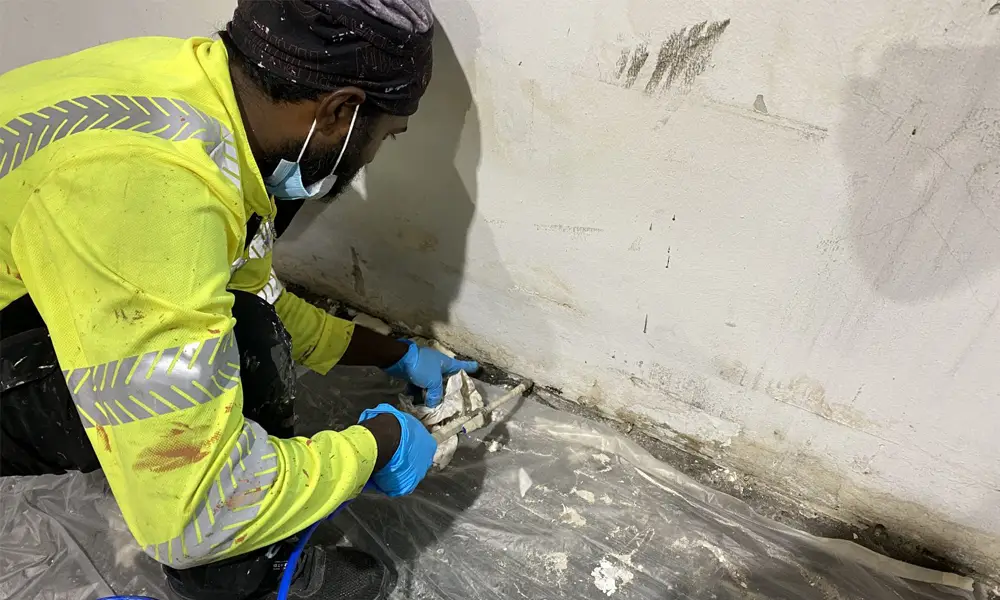

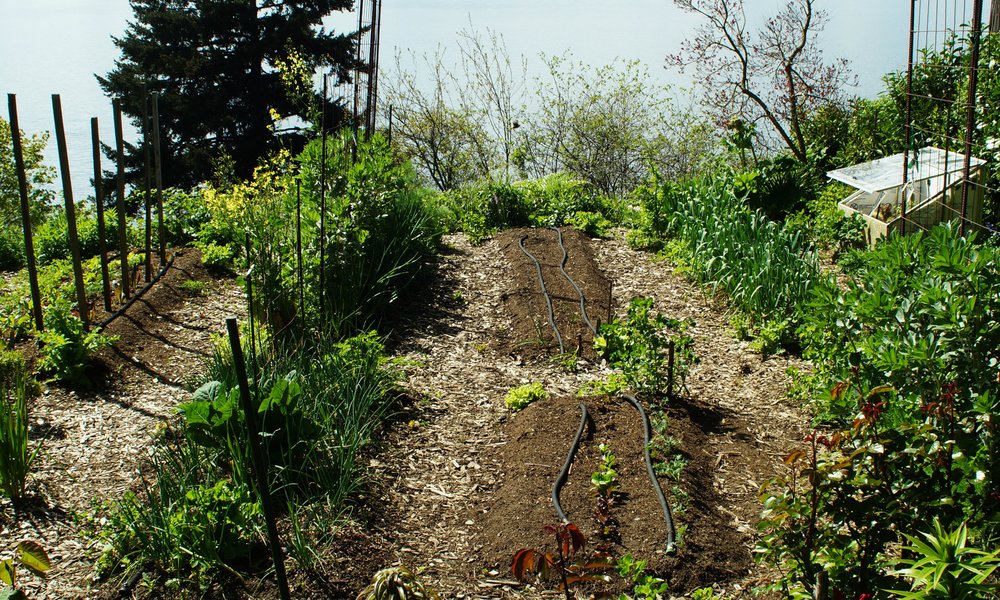

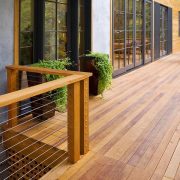
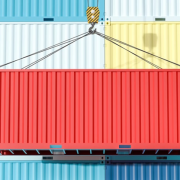
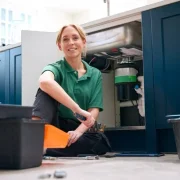

Comments